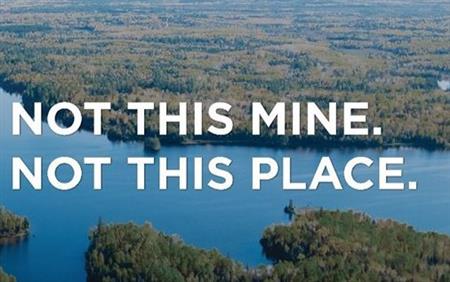
EcoEducation: Protecting America's Favorite Wilderness
Tom Landwehr is Executive Director of Save the Boundary Waters and former Commissioner of MN Department of Natural Resources. We received a very informative presentation on what it could mean for the health of the Boundary Waters if the proposed Twin Metals copper nickel mine is allowed to be built. Tom provided facts about the proposal and the approval process. It was extremely enlightening.
The BWCA is the most visited wilderness area in the US. Thanks to protection measures put in place over the last 100 years, 1.1 million acres have remained pristine wilderness. Mining is not allowed within the BWCA, but a mine proposed by Antofagasta, a Chilean company, would be just at the border of the wilderness and within the watershed that supports the canoe area. The proposed processing plant would require two square miles of trees to be cut and wetlands filled in. About 3-4% of the rock that will be extracted when mining will be the minerals sought and the rest will be waste rock. An estimated 20 tons of rock will be extracted per day for 20-30 years. About half of the tailings will go back underground, but much of it will need to be piled. The tailing pile from this mine is estimated to be the size of 11 Rosedale shopping malls. It will be 90 ft taller than the surrounding trees. It will be a visual blight and have high risk of leaching sulfur. The common way of protecting tailings piles, with liners, has not been proved in wet areas like in the BWCA. Tom also shared information that contradicts popular defenses for the mine such as job creation. The Save the Boundary Waters campaign maintains fact sheets about the many issues surrounding the mine.
Anyone can get involved by learning more - hosting an outreach event - making your concerns about the BWCA and this proposed mine known to your local representatives - becoming an ambassador- and/or donating funds.
